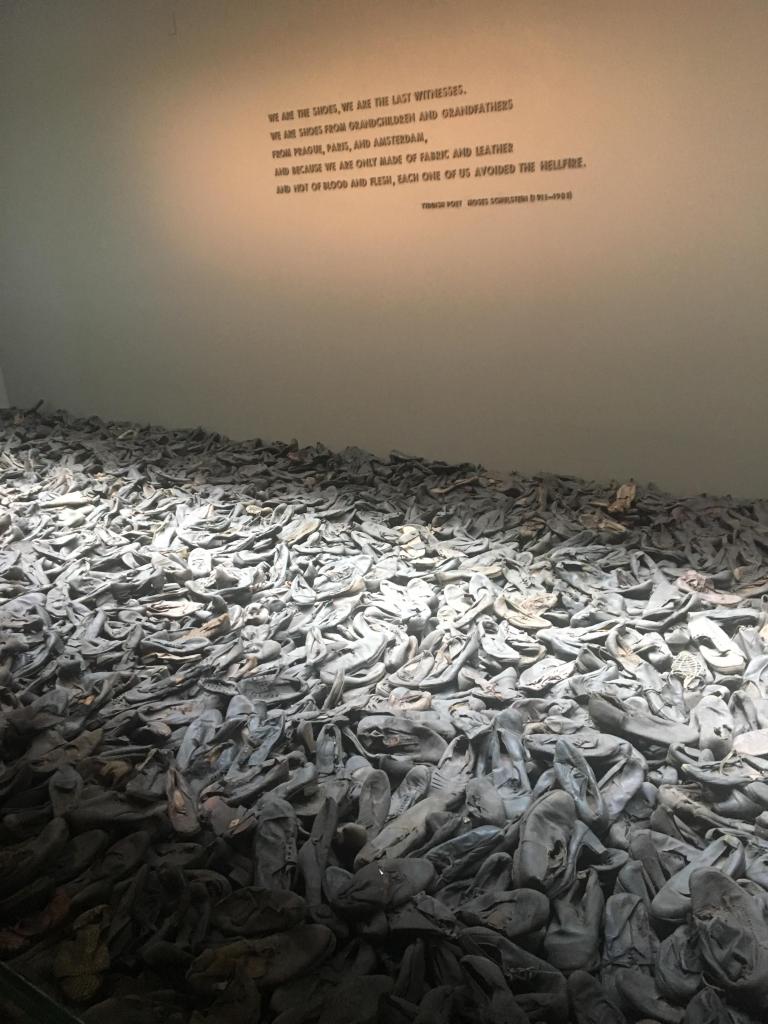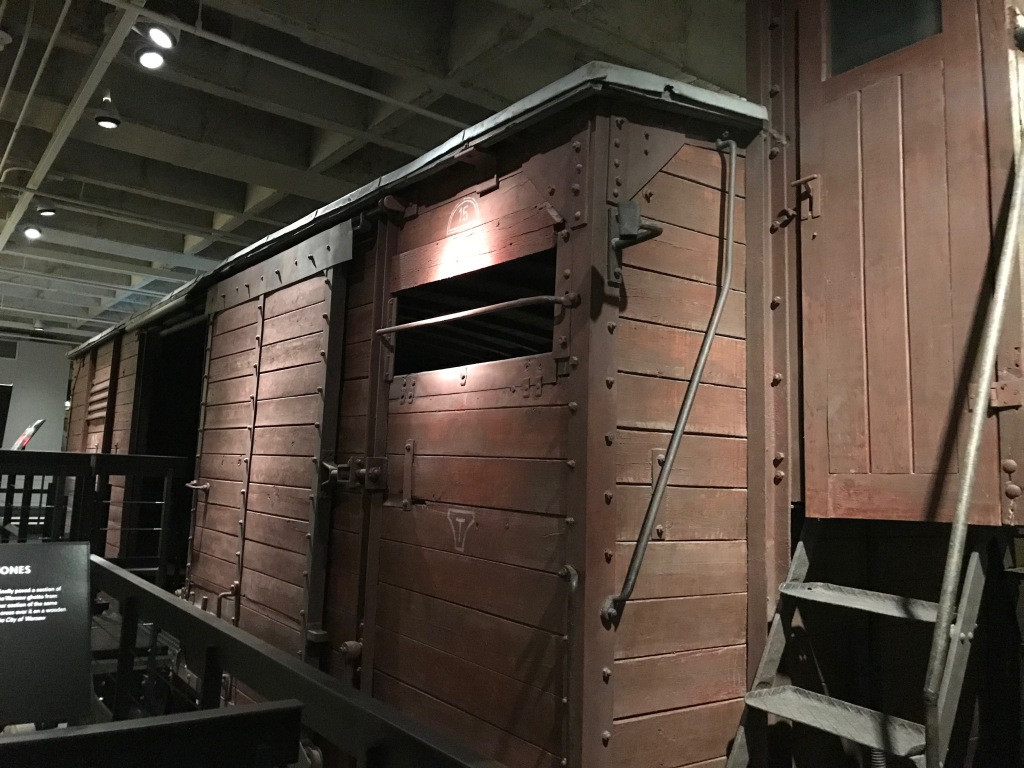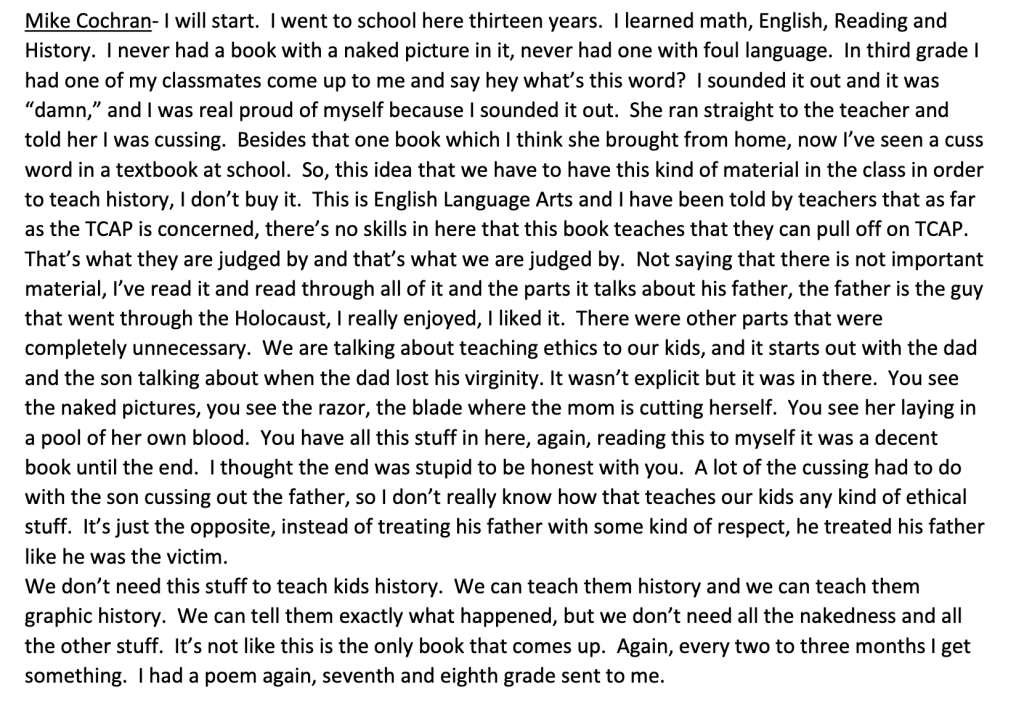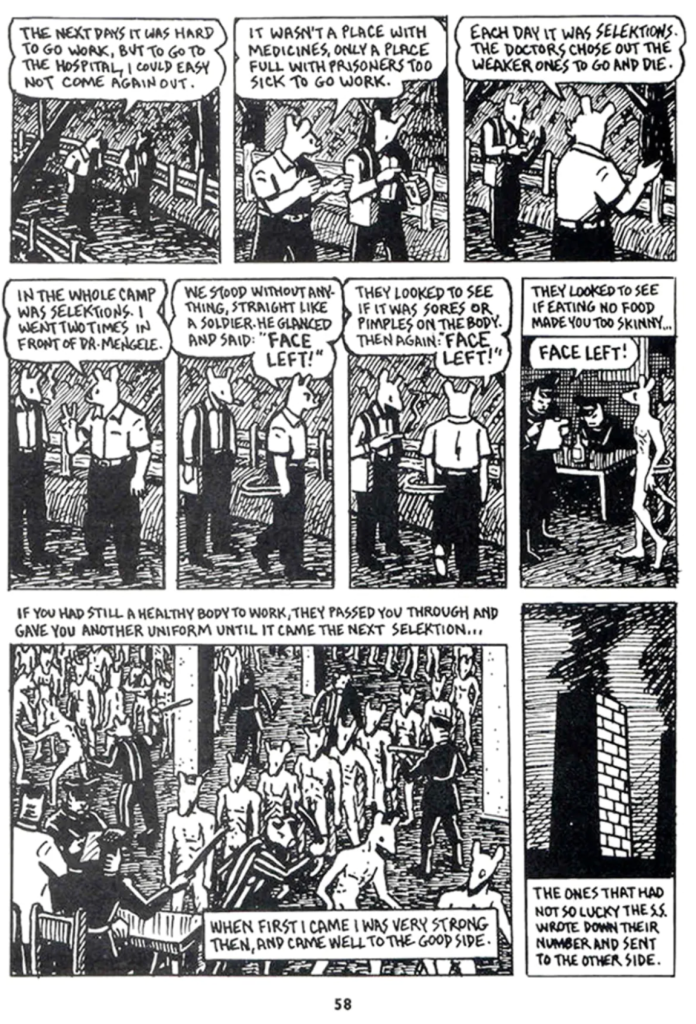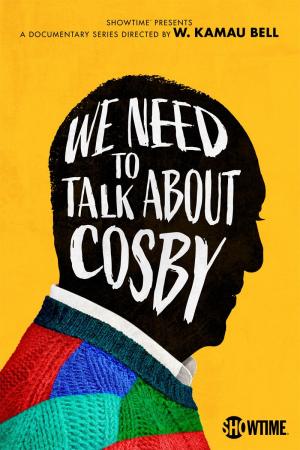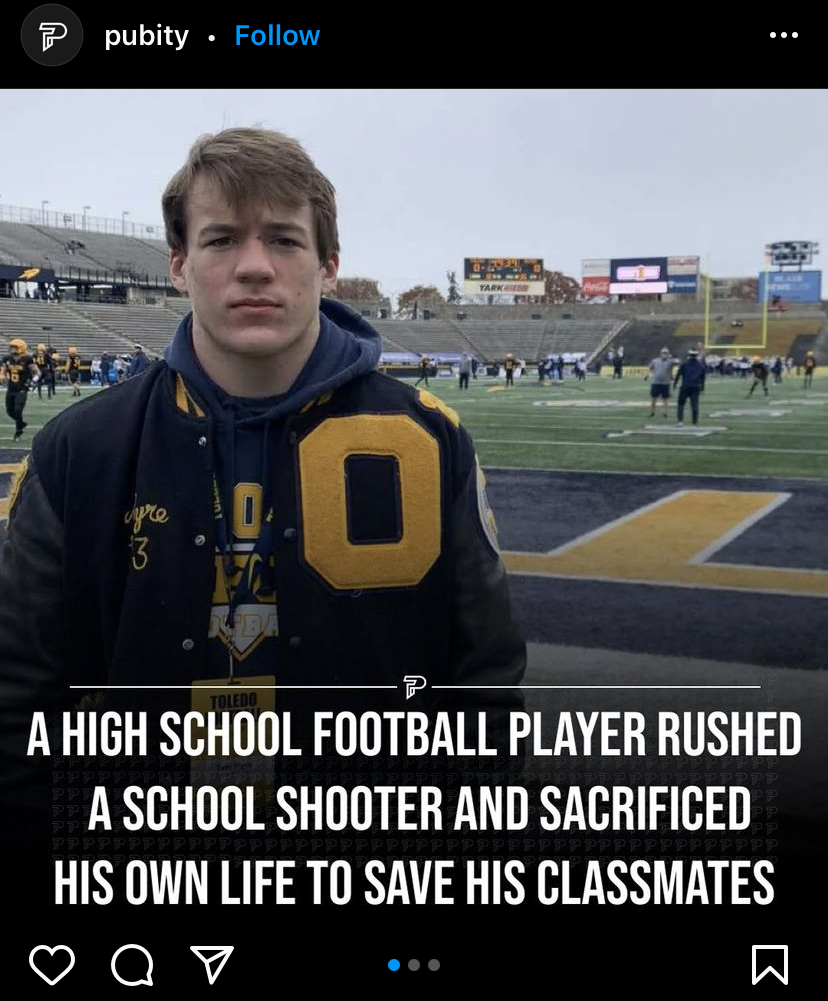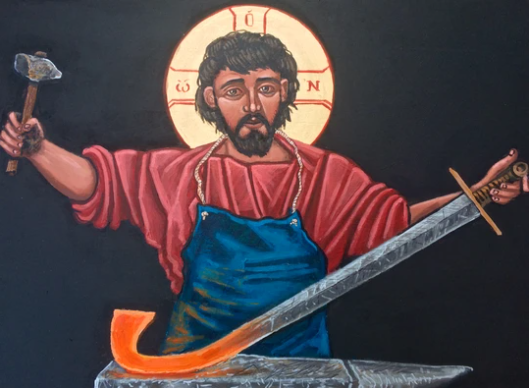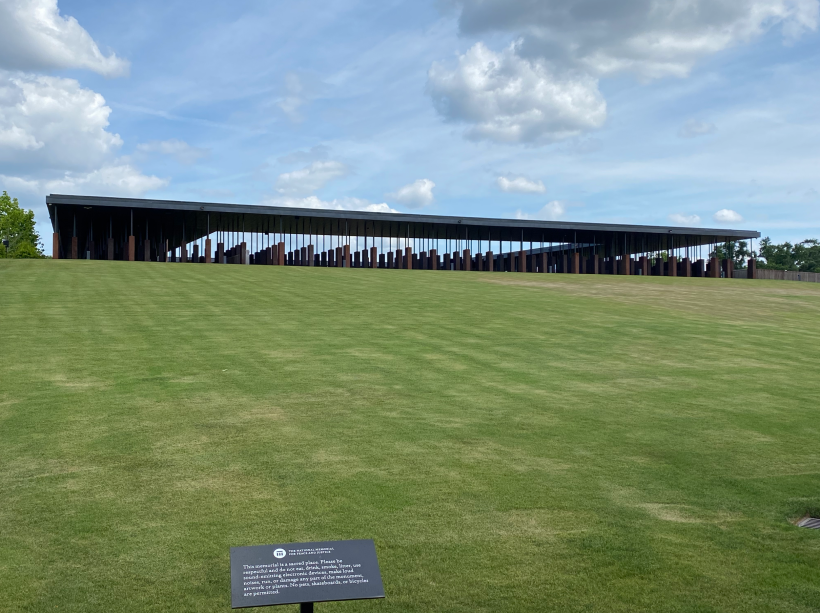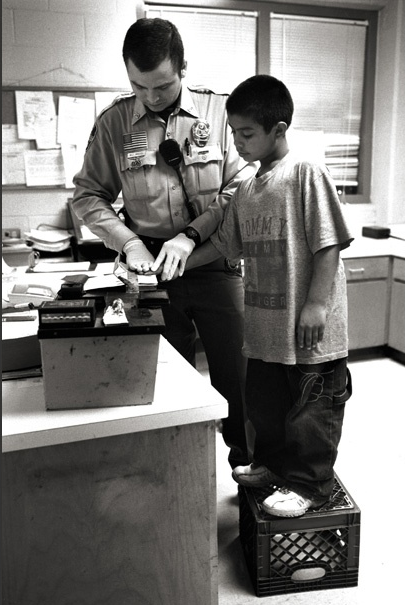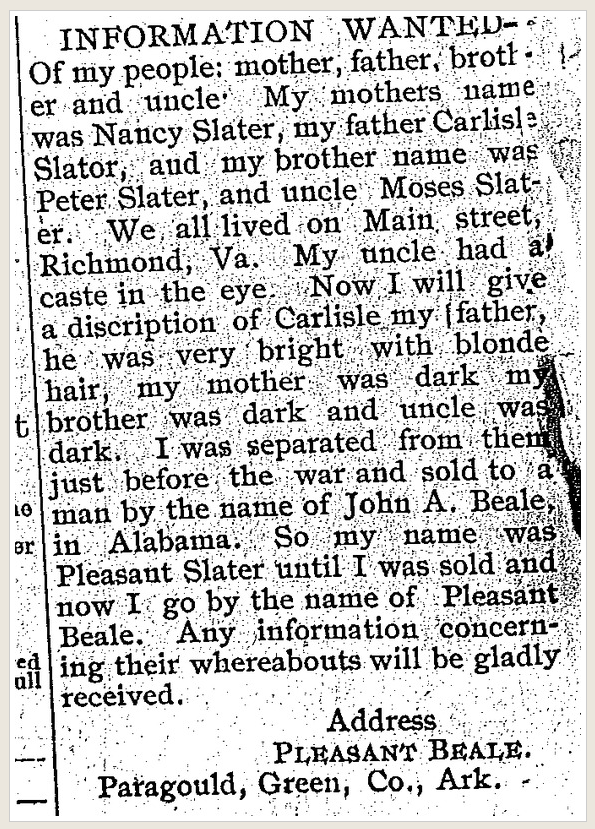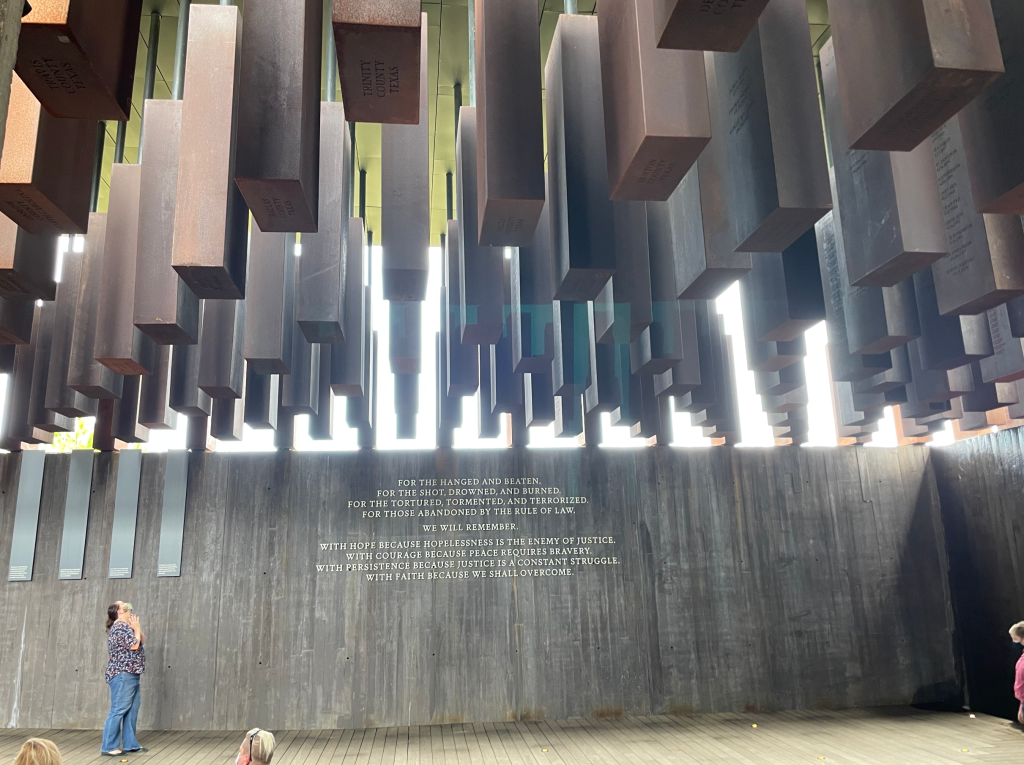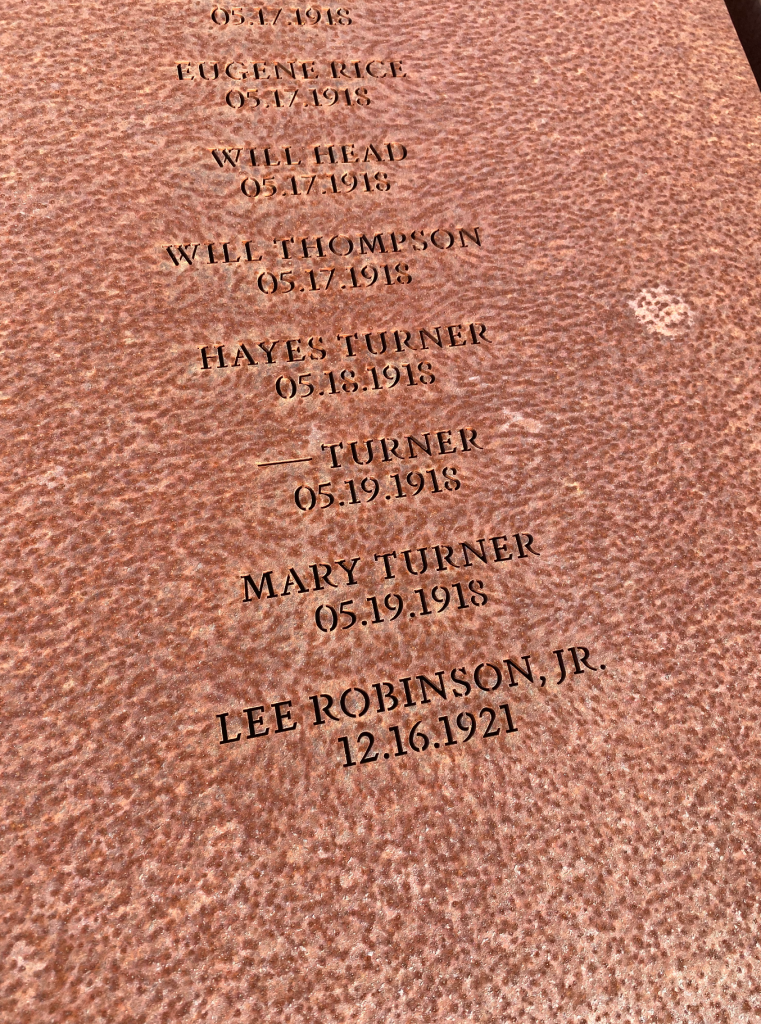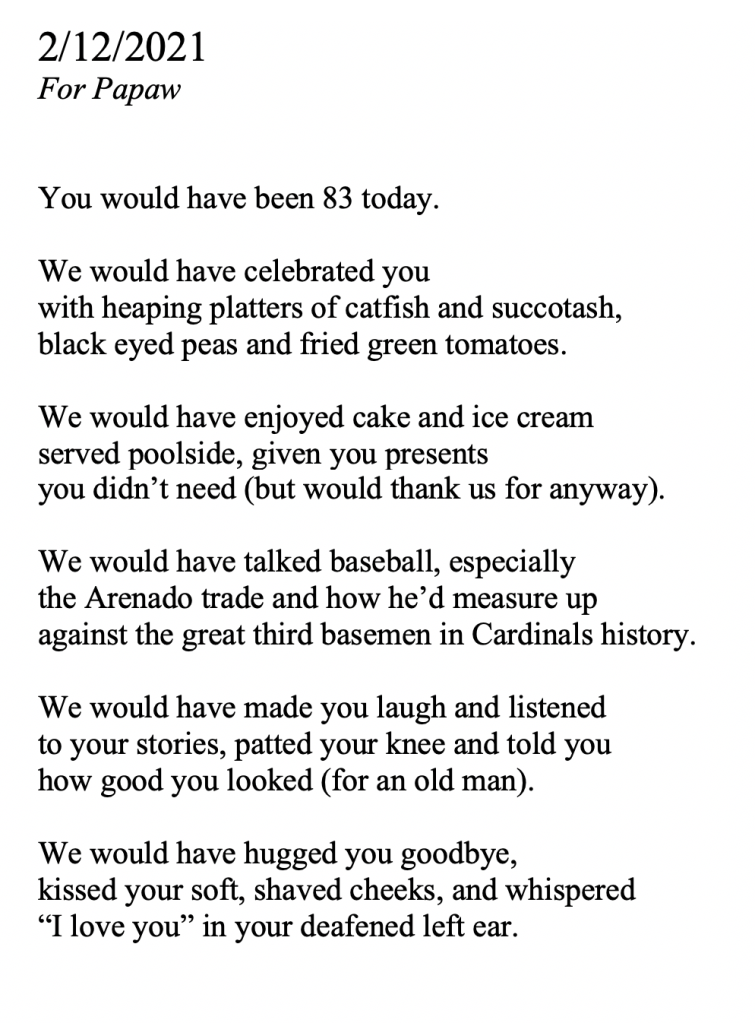The last twelve weeks have been strange. My mother discovered that her aortic valve was failing and that, without open heart surgery to replace it, she likely wouldn’t last the year. Obviously, she chose the procedure, and since that decision was made, we’ve been dealing with the fear, worry, and frustration that comes with healing and recovery.
I’ve been with my parents in Florida twice, leaving my own family back home in Atlanta for three and a half weeks and six weeks respectively. Some days have felt like weeks thanks to the elastic nature of hospital time while other moments have passed in a blink.
Being in the ICU, step down care, and eventually rehab has compelled me to grapple with my both mother’s mortality (since she nearly died after the surgery) and my own. I’m just a few weeks shy of my forty-fifth birthday—at what most people consider to be the halfway point of my existence—and contemplating that fact has led me down some darker hallways of thought. I’ve seen what’s happened to Mom and other patients, and with a grimace, I’ve wondered, Is that what’s coming for me?
Watching my mother learn to walk again after a stroke has made me appreciate my own feet, knees, legs, and hips more than ever. What marvels they are! When I want to get up and go, I can do just that. And while I might not be as fast or as flexible as I was twenty years ago, there is no place forbidden to me.
Her struggles have made me look at things differently, especially those things I overlooked before. My kidneys and bladder work beautifully, on a schedule that I have control over. My lungs expand and contract, a pair of beautiful pink bellows, drawing in the oxygen I need and eliminating the carbon dioxide I don’t. I breathe deeply throughout the day, relishing how good it feels to be able to do so.
My heart—my strong, beautiful, capable heart—beats seventy or eighty times a minute without word one from me. Sometimes, I lie in bed alone at night and rest my right hand on my chest right above it. I feel the slight flutter and thump each time a part of it opens and closes and sincerely thank it for what it has and continues to do for me.
But it hasn’t always been this way.
I’ve spent so much time absolutely hating my body, wishing I could unzip it like a dress, drop it to the floor, and put on something—anything—else. I’m too tall, my feet too large. I’ve stared at every bulge and sagging area with dismay, wishing I could be just a little smaller and firmer. I don’t see my dark brown eyes as beautiful (though my husband certainly does). All I can see is how one, slightly altered by the hemangioma I had until I was a few months old, is noticeably smaller than the other when I smile. I don’t love my hair, which is thinning in the front due to some particularly terrible genetics on my mother’s side, so I hide it with headbands and scarves. People always comment on how cute or sporty they look, but to me, they’re a source of shame.
I’ve never even enjoyed the romantic thrill of being picked up and carried by a man. I tell myself it doesn’t matter, that there are a dozen ways to be wooed. But if we’re being honest, I feel like I’ve missed out. And sometimes, I get pretty damned angry about it.
The end result? I try not to smile too broadly in photographs. I use my height as an excuse to be in the back of every group shot, hoping and praying no one will see too much of me and judge me for every little failing I can’t help but notice. And I also tend to wear darker colors with minimal patterns, nothing short or sleeveless, so I don’t draw attention.
I never do anything physically risky for fear I’ll embarrass myself—that I’ll be the fat chick who falls on the dance floor or who gets stuck somewhere. Back in the 1980s, there was a video of a woman in a bigger body trying to parasail, but rather than be lifted gracefully into the sky, she stumbles and falls. The poor thing is dragged through sand and surf before finally being hoisted up into the air, her arms pitifully flung out like the instructor showed her.
People laughed of course; they always do. That’s the point of a show like America’s Funniest Home Videos after all, but I was horrified. All I could think about was how she must have felt, and I decided right then in my little pre-teen heart that I would never put myself in a similar situation.
Do I still want to be smaller, smoother, and more graceful? Absolutely. That desire will never stop because, perhaps wrongly, I still believe I would be happier if I looked like the magazine spreads and make-up ads tell me I should. But I’m trying to appreciate what I have and who I am, to live in harmony with the body I’ve been given. It has needs, many of which I’ve failed to provide because I thought I didn’t deserve them.
No, my body isn’t perfect. But I’m trying to be more generous with myself. And I’m also choosing to celebrate those lucky souls who are comfortable in their own skin rather than envy them. For instance, at the gym a few days ago while huffing and sweating on the elliptical, I watched two black men work out together. Both were young and strong, but one was obviously the more gifted athlete. Lithe and graceful as a dancer, he did knee lifts and sprints, changing direction both in the air and on the ground in a way that seemed entirely effortless. It was glorious, like watching water move.
They ran football routes, laughing and celebrating whenever one bested the other. And I couldn’t help but smile too (and not just because of the beautiful display of black joy in front of me, though I’m always up for that). After being around sickness, injury, and deprivation for so long, it was a relief to witness two people who had honed their bodies to physical perfection delighting in them.

In his poem “The Great Scarf of Birds,” John Updike describes watching a flock of starlings creating a murmuration above him. In the concluding stanzas, he writes:
the flock ascended as a lady’s scarf,
transparent, of gray, might be twitched
by one corner, drawn upward and then,
decided against, negligently tossed toward a chair:
the southward cloud withdrew into the air.
Long had it been since my heart
had been lifted as it was by the lifting of that great
scarf.
The starlings are otherworldly and nearly inexplicable, but that doesn’t stop the speaker from marveling at them. The transcendent moment they created lift him out of normal space and time into something more altogether golden. I taught this poem for years, thinking I understood it. But it was only the language I grasped, not the emotion. But I understand now.
My starlings left before I had the chance thank them. But I hope and pray I’ll always remember the moment and that maybe—just maybe—I’ll be able to delight in my body in such a way that others notice me too.
